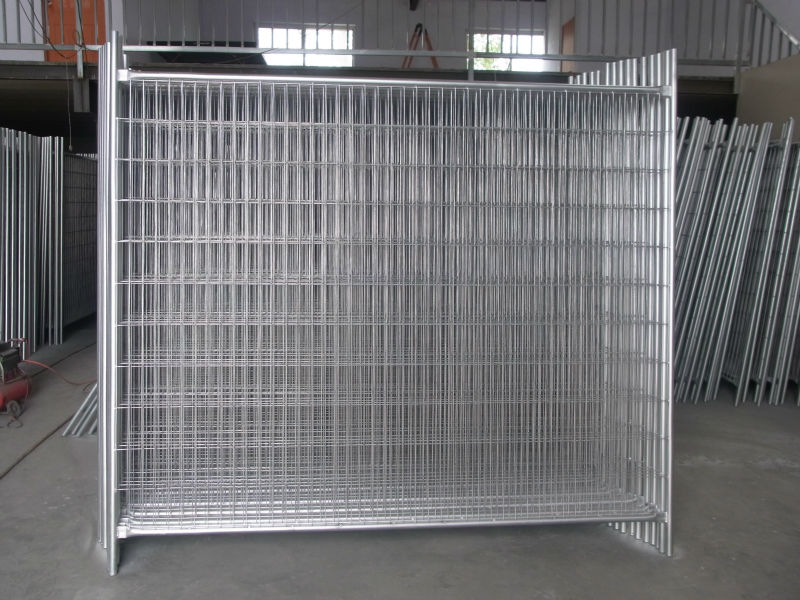Working principle of bag filter The bag filter is a filter-type dust-removing device based on the filtration principle. It uses organic fiber or inorganic fiber filter cloth to filter the dust out of the gas.
Dust removal process: Dust-laden gas enters the middle box from the air inlet and enters the bag from outside the bag. The dust is blocked on the surface outside the bag. The purified air enters the bag, and then the upper part of the bag enters the upper box. Exhaust pipe exhausted.
The large-pulse long bag filter is a new type of high-efficiency long-duty bag dust remover that is based on domestic and foreign advanced technology. It is a new type of high-performance bag filter developed on the basis of the conventional short bag pulse dust collector. It not only integrates The characteristics of sub-chamber backflushing and pulse cleaning have overcome the shortcomings of common sub-blowback blowout strength and general pulse cleaning dust re-attachment, and lengthened the dust filter bag to give full play to the role of compressed air in cleaning dust. It is a large dust removal equipment with high dust removal efficiency, small footprint, stable operation, reliable performance, and convenient maintenance. It can be widely used in metallurgy, casting, building materials, mining, chemical and other industries. Performance characteristics 1. Adopting pulse jet cleaning technology, strong cleaning ability, high dust removal efficiency, low emission concentration, low air leakage, low energy consumption, less steel consumption, less floor space, stable and reliable operation, and good economic benefits. Applicable to metallurgy, building materials, machinery, chemical industry, electric power, light industry flue gas dust. 2. The cabinet adopts airtight design with good sealing performance, excellent sealing materials for inspection doors, leak detection with kerosene during the production process, and low air leakage rate. 3, the inlet and outlet ducts are compactly arranged, and the airflow resistance is small. 4. The use of air-cooled pulse jetting and cleaning in the sub-compartment, with long cleaning cycle and low consumption, can double the life of the filter bag and the valve. 5, can achieve non-stop changing bags, maintenance does not affect the normal operation of the equipment. 6, using the upper bag way to improve the operation of the bag replacement. The working mechanism of the bag filter is that the dust-containing flue gas passes through the filter material, the dust particles are filtered, the filtering material collects the coarse-grain dust mainly by inertial collision, and the collection of the fine-grain dust mainly depends on diffusion and screening. The dust layer of the filter also has a certain filtering effect. The advantages and disadvantages of bag filter dust removal are related to many factors, but mainly depend on the filter material. The filter material of the bag filter is synthetic fabric, natural fiber or glass fiber woven cloth or felt. If necessary, sewn cloth or felt into a cylinder or a flat filter bag. Depending on the nature of the flue gas, filter media suitable for the application conditions are selected. Generally, when the flue gas temperature is lower than 120°C and the filter material is required to have acid resistance and durability, polyester fleece and polyester needle felt are often used; when high-temperature flue gas (<250°C) is processed, graphitization is mainly used. Glass cloth; in some special circumstances, the use of carbon fiber filters. It is important to control the speed at which the flue gas passes through the filter material (called the filtration rate) during operation of the bag filter. Generally, the filtration rate is 0.5-2 m/min, and the particle efficiency of more than 0.1 μm can reach more than 99%, and the device resistance loss is about 980-I470Pa.
Description
Temporary Fence Also called temporary fence brace or stay used to support the temporary fence panel in
high wind area finish by hot dipped galvanized 42 microns thickness,per stay required two fence clamp and
three concrete feet the additional strength to secure fence panel stand well in high wind per 4.8meter or7.2 meter one stay live.
Specification
Panel: 2400mm*2100mm
Wire diameter: 4mm
Mesh size: 150*60mm
Pipe: 32mm*2mm
Hot-dipped galvanzied
Weight: 25kg
Panel size
2400mm(L)×2100mm(H),2100mm×2500mm
2100mm(H)×2650mm(L),2000mm(H)×3500mm(L)
Frame post
25mm,32mm,40mm,42mm,48mm
Infill mesh
2.5mm-6mm horizontal, 2.5mm-6mm vertical
50x50mm,50x100mm,50x200mm,75x150mm,60*150mm,50*150mm,100x300mm
Finish
pre-hot-dipped galvanized wire and tube then welded,or hot-dipped after welded
Application
Temporary Fencing to secure construction sites and private property;
Temporary fencing for major public events, sports, concerts, festivals, gatherings, swimming pools and other usages
Temporary fencing of residential housing sites;
The feet are removable which makes transportation and storage much easier and more efficient.
Environmentally friendly
The temporary fences is perfect for all surface as there are no holes to dig or repair.
Convenient
1. Temporary fences with chain link fence panels are a quick and convenient solution for a location or job site enclosure. Should access be required to anysection of the site
2. It is easily achieved by removing the appropriate panels, and either replacin the panels or adding extra panels when required.

Temporary Fence
Temporary Fence,Temporary Fencing,Temporary Construction Fence,Temporary Site Fencing
Anping Shengjia Hardware Mesh Co.,LTD , https://www.oilshaleshakerscreen.com